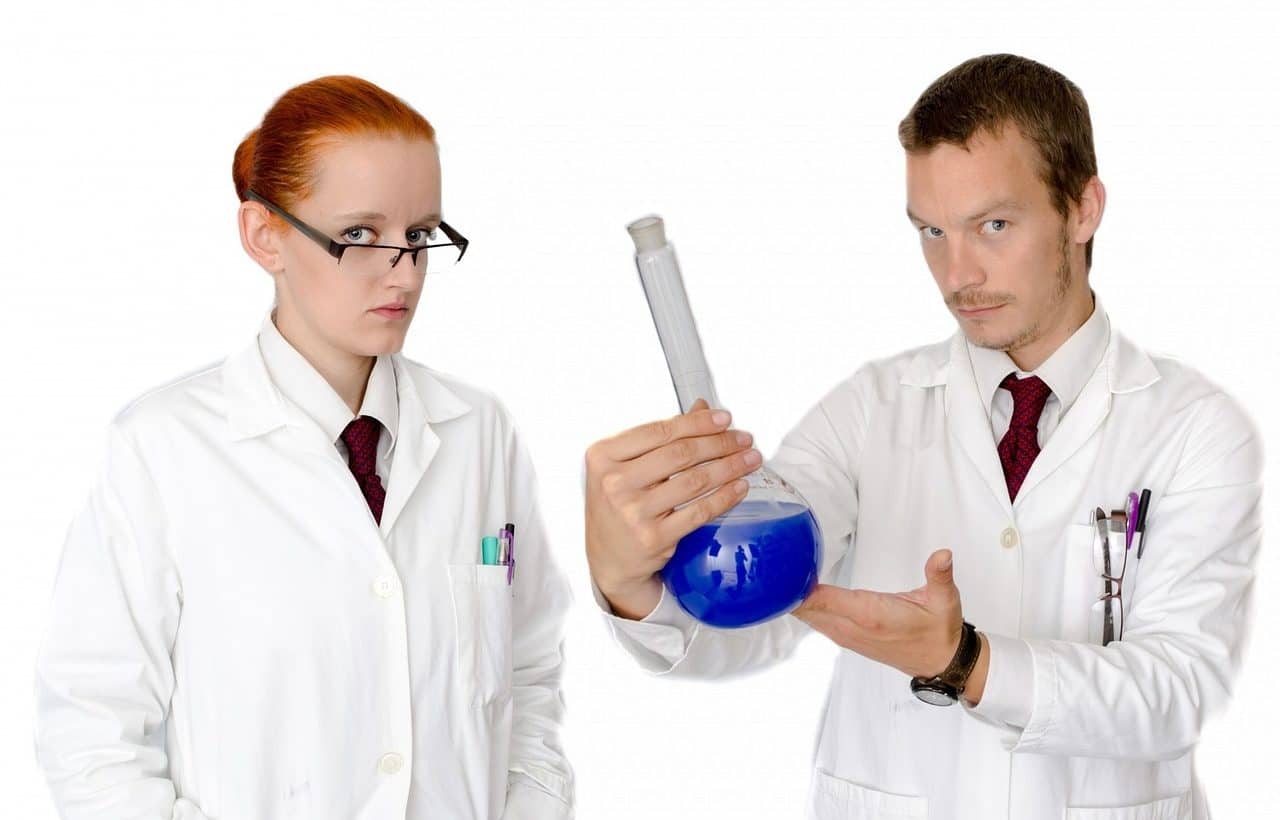
Analytical chemistry examines how substances are composed.
Analytical chemistry is a discipline aimed at analyzing the chemical composition of a substance through a laboratory study . The objective of the experts is to create increasingly precise and faster methods for developing analyses .
It should be noted that chemistry is the science dedicated to the study of the composition, structure , properties and modifications of matter. Depending on the specific object of study, there are different branches of chemistry. Thus we can talk about organic chemistry , inorganic chemistry and other specialties.
Features of analytical chemistry
Depending on the type of analysis to be performed, analytical chemistry can be divided into qualitative analytical chemistry and quantitative analytical chemistry . Analyzes, on the other hand, can be developed from chemical reactions or physical interactions.
Gravimetric analysis , for example, seeks to specify what level of a chemical element is found in a sample . To do this, work with the molecular and atomic weights. An electroanalytical analysis , on the other hand, analyzes an analyte according to the amperes or volts in an electrochemical cell.
Spectrometric , volumetric and chromatographic studies are other analyzes that are carried out within the framework of analytical chemistry work .
The work of analytical chemistry can be summarized in a series of steps: first define the problem to be analyzed and then take a sample of the object of study; It then extracts the data of interest and finally interprets it.

Analytical chemistry experts use various devices and instruments.
Devices you use
Analytical chemistry uses various instruments to analyze substances . A polarograph , a spectroscope , a polarimeter and a colorimeter are some of the devices that can be used. Let's see their definitions below:
- Polarograph: this tool is used to carry out polarography , a voltammetric measurement that is included in the category of linear scanning, in which the electrode potential undergoes a linear alteration from the beginning to the end. Unlike other similar measurements, polarography uses the mercury drop electrode . In a graph in which the current and the potential face each other in an analytical chemistry experiment , it is possible to observe how the current oscillates according to the fall of the mercury drops from the capillary.
- Spectrometer : this is a device designed for the analysis of the frequency spectrum of a wave movement. Its application focuses on instruments whose operation includes a wide variety of wavelengths. The instrument known as an optical spectrometer , for example, is used to carry out measurement of the properties of light in a portion of the defined electromagnetic spectrum . Among the variables involved in its operations are luminous intensity and electromagnetic polarization.
- Polarimeter : it is a tool that allows you to calculate the value of the deviation of polarized light. It starts with a ray of light, which passes through a polarizing filter and becomes a polarized ray of plane light, which later passes through a sample holder that has an enantiomer in solution, and that is when a deviation occurs. According to the relative orientation that exists between the different axes of each polarizing filter, it is determined whether or not the light passes through the second of them.
- Colorimeter : is any instrument capable of identifying color and hue to allow more precise measurement of color. On the other hand, given a solution, it also allows us to determine its absorbance (the intensity of light before entering a sample, with a specific wavelength). For this reason, the colorimeter makes it possible to know what concentration there is of a known solute. This tool is based on the principle that there is a proportional relationship between the absorbance of a substance and its concentration.
